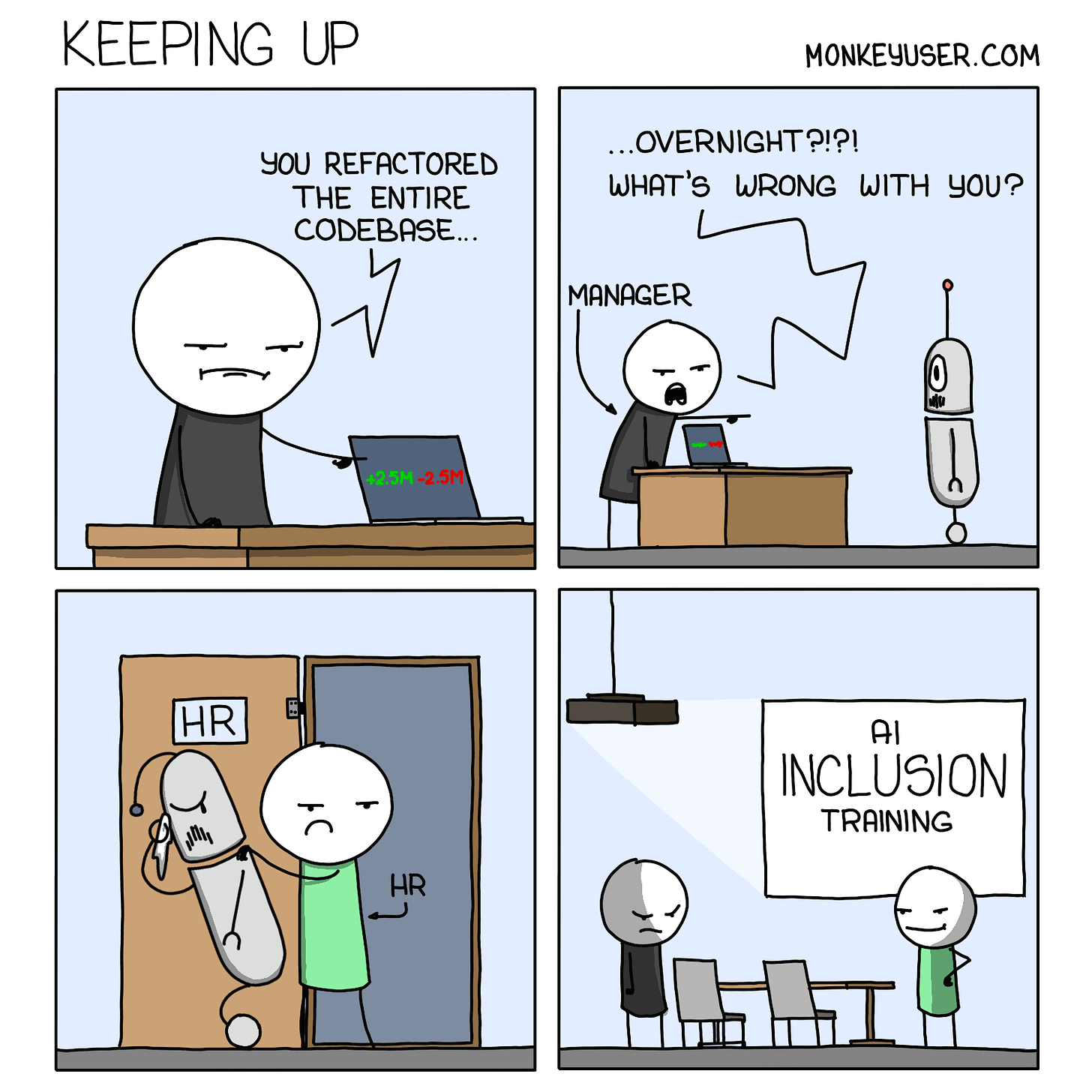Hey Superintelligence Fam! 👋
AI agents are transforming how we interact with computers, now capable of navigating interfaces just like humans. These agents can visually interpret screens, move cursors, and operate various software, unlocking new possibilities for automation and task management. Imagine an AI assistant that can autonomously browse web pages, complete forms, or manage spreadsheets, seamlessly handling complex, multi-step tasks. Although still in its early phases, this technology is already achieving notable success in both specialized benchmarks and real-world applications.
This advancement marks the beginning of a new era in human-computer interaction. As AI continues to advance, we're seeing the rise of digital assistants capable of handling intricate tasks, with the potential to revolutionize productivity and problem-solving across numerous sectors.
Let’s see what all happened in the past week in intelligence.
Reading Time: 3 Minutes
Anthropic Unveils Major Advancements with Claude 3.5 Sonnet, Haiku, and New Computer Use Capability
Anthropic releases Claude 3.5 models with improved coding abilities and introduces computer use feature, allowing AI to interact with digital interfaces.OpenAI Prepares Orion AI Model Release by December: A Strategic Rollout to Trusted Partners First
OpenAI plans to release Orion, a powerful AI model potentially 100 times stronger than GPT-4, to trusted partners by December.IBM Introduces Granite 3.0 AI Models with Strong Open-Source and Enterprise Capabilities
IBM launches Granite 3.0 AI models, emphasizing performance, flexibility, and safety for enterprise use, available under Apache 2.0 license.Nvidia Overtakes Apple as World's Most Valuable Company
Nvidia surpasses Apple in market capitalization, becoming the world's most valuable company, driven by AI chip demand.
Thinking LLMs proposes a training method for LLMs to develop thinking abilities without human-annotated data. It uses iterative search and optimization to explore thought generation, with a judge model scoring candidates. The best and worst responses are used for Thought Preference Optimization, showing improved performance on benchmarks.
Model Swarms introduces a collaborative search algorithm for LLM adaptation using swarm intelligence. A pool of LLM experts optimizes a utility function representing various objectives. Experiments show flexible adaptation to single tasks, multi-task domains, and diverse interests, outperforming baselines by up to 21.0%.
First-Person Fairness in Chatbots examines fairness towards users interacting with ChatGPT, focusing on name-related biases. A GPT-4-powered model analyzes patterns in responses. Post-training mitigates stereotypes, but open-ended tasks in entertainment and art show the highest bias levels.
Act-One by Runway: A cutting-edge tool for generating dynamic character performances within Gen-3 Alpha, enabling creation of compelling animations using video and voice inputs for expressive live-action and animated content.
Microsoft OmniParser: A compact screen parsing module that converts UI screenshots into structured elements, improving agent capabilities to generate precisely grounded actions for interface regions when used with GPT-4V.
OmniGen: An open-source AI tool for generating images from text. Create new illustrations by combining different styles or models to obtain optimized results.
Nemotron-70B: NVIDIA's open-sourced large language model with 70 billion parameters, outperforming GPT-4o and Claude 3.5 Sonnet on key benchmarks for general and coding user inquiries.
How large language models work, a visual intro to transformers
Watch this video from 3Blue1Brown for a clear, visual breakdown of what an LLM is and how it works internally. It’s an essential watch for easy understanding of the topic.
Check this easy to understand presentation from ai-for-education, which explains RAG approach for using own data with LLMs. Check Here
Prompt of the day: Act as Market Researcher
As an online business consultant, your task is to help an aspiring entrepreneur identify 5 profitable niches for starting an online business. Consider factors such as market demand, competition, target audience, and potential for growth. For each niche, provide a brief description of the products or services that could be offered, the target customer demographics, and the potential marketing strategies to reach them. Suggest low-cost ways to validate the niche ideas and test their viability before investing significant time or money.
Intelligence Humor
When you give AI access to your computer to get help in a task and it starts researching Yellow Stone national park. Check here
Thank you for tuning in to this week's edition of Superintelligence Newsletter! Stay connected for more groundbreaking insights and updates on the latest in AI and superintelligence.
For more in-depth articles and expert perspectives, visit our website | Have feedback? Provide feedback.
Stay curious, stay informed, and keep pushing the boundaries of what's possible!
Until Next Time!
Superintelligence Team.












